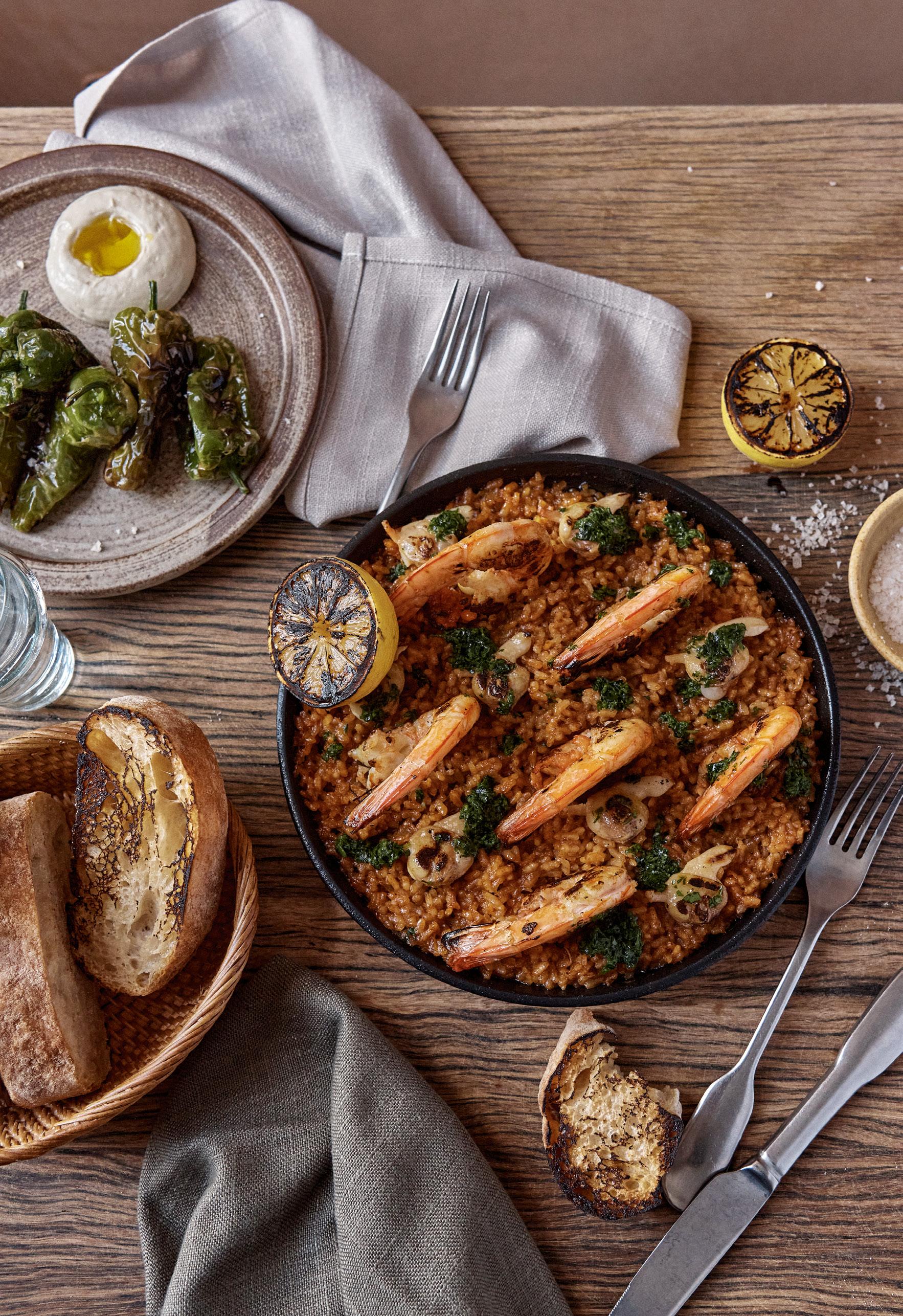
7 minute read
IN FOCUS: SPANISH TAPAS
The return of tapas
The cuisine that put the small plate on the map has a new lease of life.
WORDS Amy Northcott
FOR MANY DINERS, their first small plates dining experience was at a tapas restaurant. Like most cuisines, tapas peaked before it mellowed out in popularity, but venues are beginning to re-emerge in a more modern form, offering dishes that are reflective of traditional Spanish cuisine. To find out more about the Spanish tapas offering of today, Hospitality speaks to Iberica’s Joaquin Saez and Beso’s Ana Cortes Garcia.
When Joaquin Saez arrived in Australia 10 years ago, the tapas scene was going through a rough patch. “The Spanish dining scene suddenly just died as there was no demand for it,” says the chef. “There was a lack of care for the products and a lack of variety of dishes as well — it got a little bit boring. I think it was considered as a basic option and there was a lot of fried stuff like garlic prawns and croquettes.”
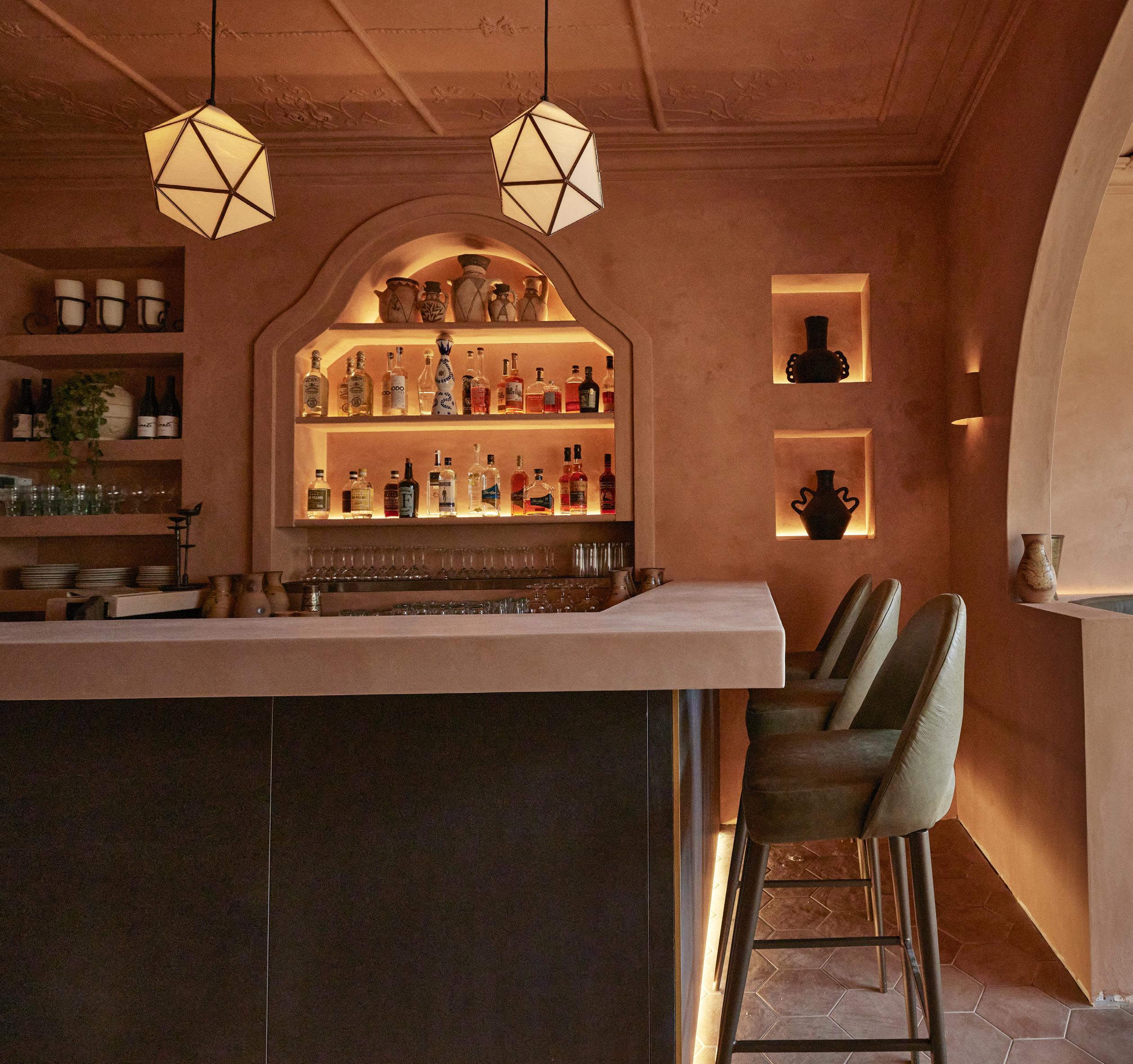
A chat with Alex Cameron, GM of Sydney’s Franca and Parlar, a few years ago inspired Saez to introduce Australians to a more authentic version of Spanish tapas. “Alex and I were talking about how Spanish cuisine is not what the Australian public thinks it is,” says the chef. “Spanish cuisine is much more than that.”
Fast forward to 2023 and the chef opened Iberica in Sydney’s Bondi Beach, which serves plates stirred by traditional Spanish offerings with a strong focus on variety and quality. “Spanish restaurants are emerging again, but on another level,” says the chef. He lists other venues such as Bar La Salut, Bar Louise, and Parlar as examples of restaurants serving a similar style of food. “There is the demand for it now, it’s just a matter of bringing it in the right way.”

Spanish restaurants are emerging again, but on another level.
– Joaquin Saez
Ibercia’s menu has been co-designed by Saez and Executive Chef Ivan Sanchez who has 15 years’ experience in Spanish cuisine, joining the venue after time at Porteño and Bodega. Saez says the Iberica offering is rooted in the flavours and ingredients of Spain as well as the greater Mediterranean. “We want to focus a little bit more on the Balearic Islands, so on the coast of Barcelona, like Majorca, Minorca, Ibiza, and those regions,” he explains. Saez brands the food at Iberica as Spanish-Mediterranean, which sees seafood championed across the menu in favour of red meat and poultry.
Guests can expect to find matrimonio anchoa y boquerón on the menu, a common dish in Spain, particularly in the Balearic Islands. “Matrimonio translates to marriage, and it’s a marriage between the anchovy and another type of anchovy called boquerón,” says Saez. The snack sees the two anchovies served on toast with sobrasada, tomato, and a little bit of thyme. Other favourites include the venue’s namesake jamon Iberico with Iberian ham, guindilla peppers, and pickled vegetables and pulpo grillado (grilled octopus) with smoked potato cream and paprika.
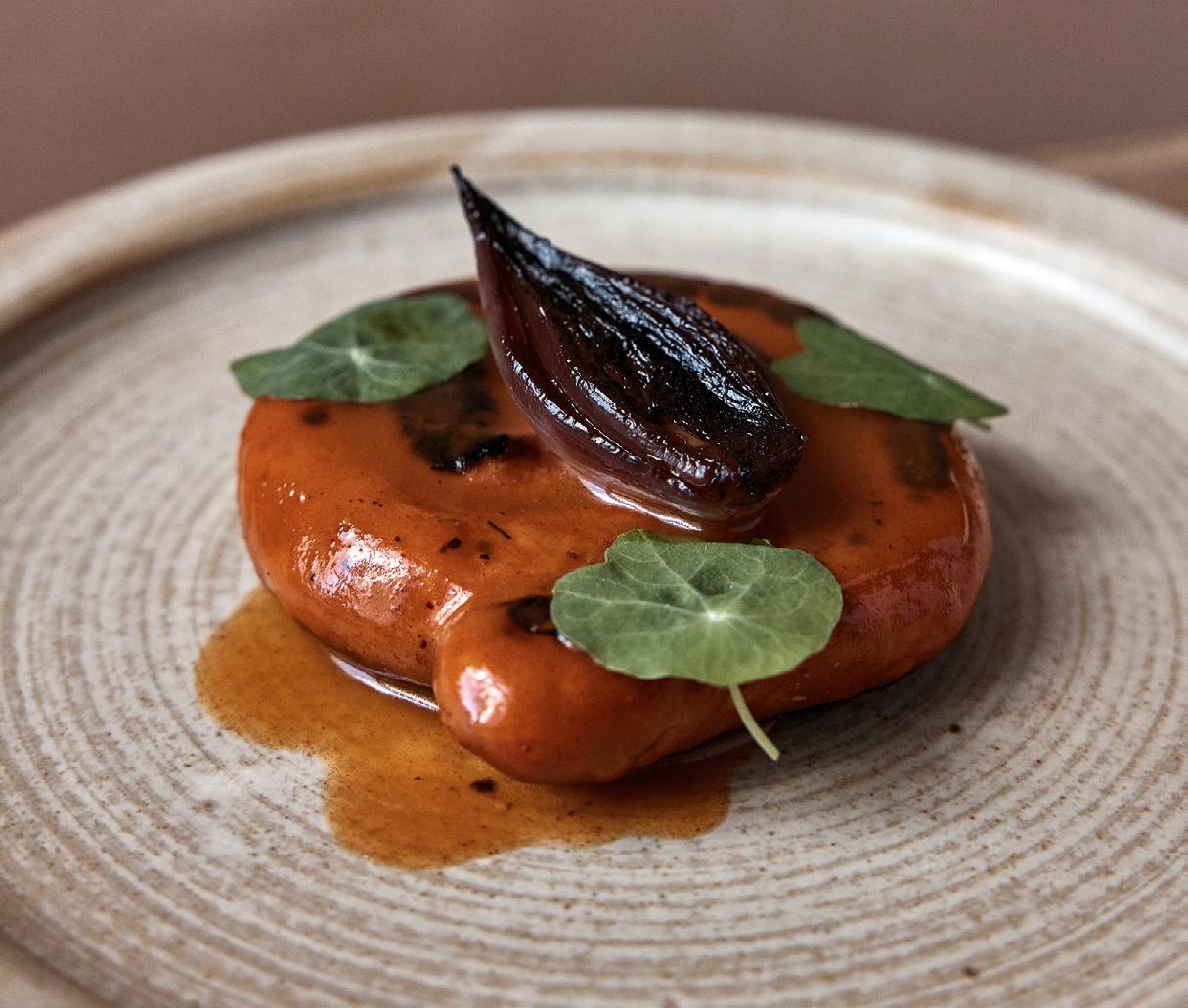
When it comes to drinks pairings, there’s plenty of options beyond sangria. The beverage list features a selection of traditional Spanish beers including Damm’s Inedit which is a collaboration with El Bulli’s Ferran Adria. But a riff on sangria has remained popular among guests. “A lot of people will go with the tinto de verano which is kind of like sangria,” he explains. “We do it with Tempranillo, Cognac, a bit of triple sec, cranberry soda, and lemon — it’s delish.”
But if he had to choose, Saez believes Spanish wines are the ideal pairing and something he hopes more Australian diners will explore. “In the same way Spanish cuisine is a little underrated in Australia, so are Spanish wines,” says the chef. Iberica’s wine list is made up of around 70–80 per cent Spanish wines from various regions including the Canary Islands and Majorca.
Over in Melbourne, Spanish-born chef Ana Cortes Garcia has recently opened contemporary eatery Beso on Flinders Lane. Beso’s cuisine is tagged as ‘Spanish reimagined’ and fuses Garcia’s extensive knowledge of her motherland cuisine with subtle, unique influences from her time spent working across venues such as Lee Ho Fook.
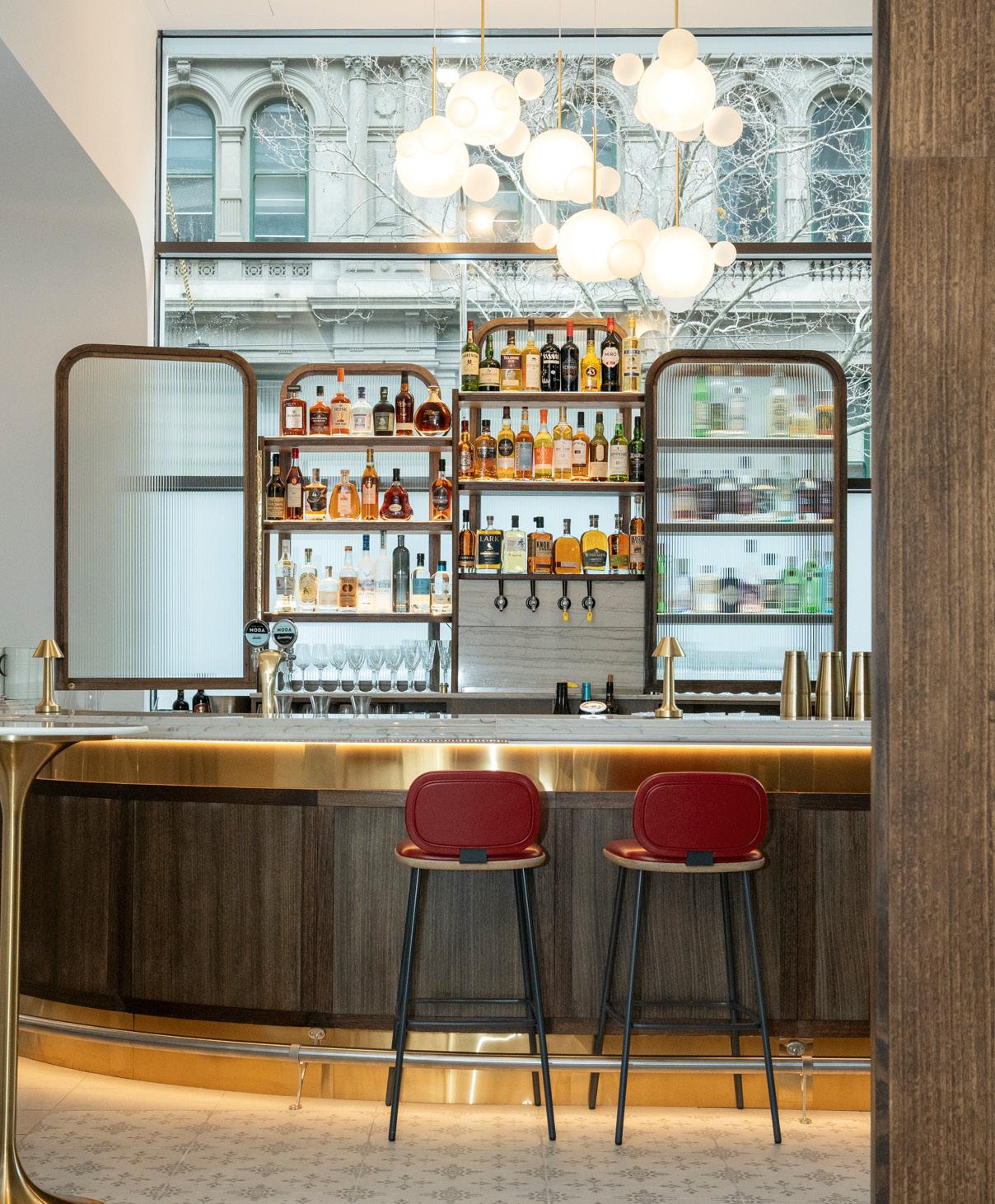
Garcia agrees tapas has evolved over time, but more so in terms of its influence. “It is undeniable the word ‘tapas’ has spread across many different cuisines and the concept is no longer solely owned by Spanish restaurants,” she says. “Over the last three to four years, the number of new businesses that have implemented the concept has increased drastically.”
When it comes to the food itself, Garcia sees the modern-day tapas offering as a blend of traditional flavours and dishes with experimental takes peppered in. “Generally speaking, when I think about a tapas offering, I think about variety — OG classics combined with new creations,” she says. “Tapas is the perfect concept for implementing a combination of traditional and modern creations to a menu.”
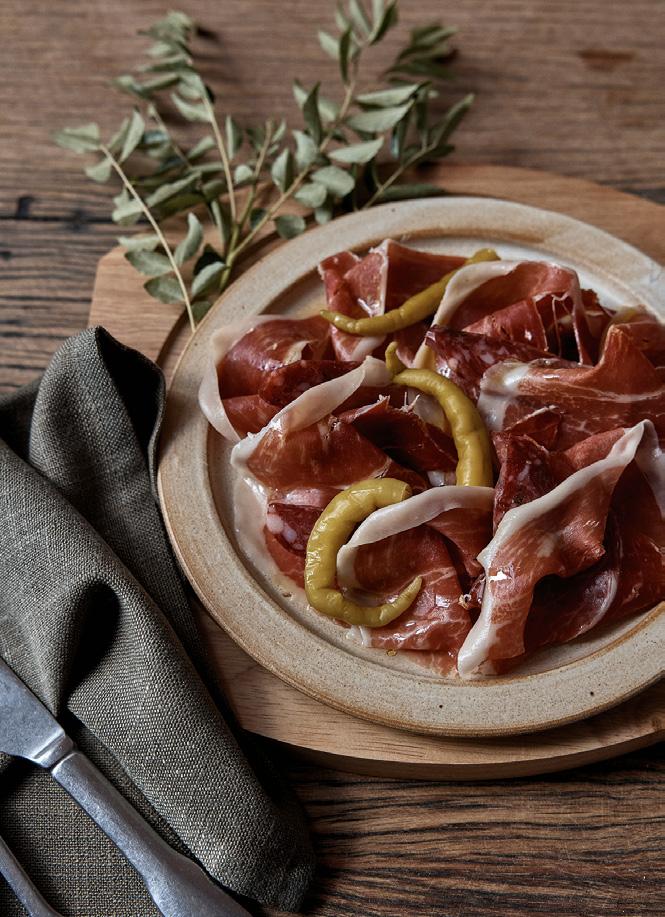
Beso’s menu reflects an old-meets-new approach but is strongly derived from food found in the Spanish region of Andalusia. An example is the popular Andalusian tapas dish berenjenas fritas con miel de caña. “[It’s] thin slices of eggplant coated with a mix of plain flour and chickpea flour that is deep-fried until crispy and drizzled with date molasses and a pinch of flaked salt.”
Tapas is the perfect concept for implementing a combination of traditional and modern creations.
– Ana Cortes Garcia
Another example is the rabo de toro a la Cordobesa oxtail dumplings with parmentier and Lanzhou chilli oil. “We make a very traditional oxtail stew (originally from Cordoba, Andalusia) and when the meat is melting, we mix it with the sauce and use it as a stuffing to make dumplings.” The menu also includes a pork jowl chicharrón dish with yuzu togarashi as well as a cured meats and cheese section: think 48-month jamon Iberico Joselito (ham), lomo (pork loin), sobrasada (Spanish sausage), and fuet anis (fennel and pork salami).
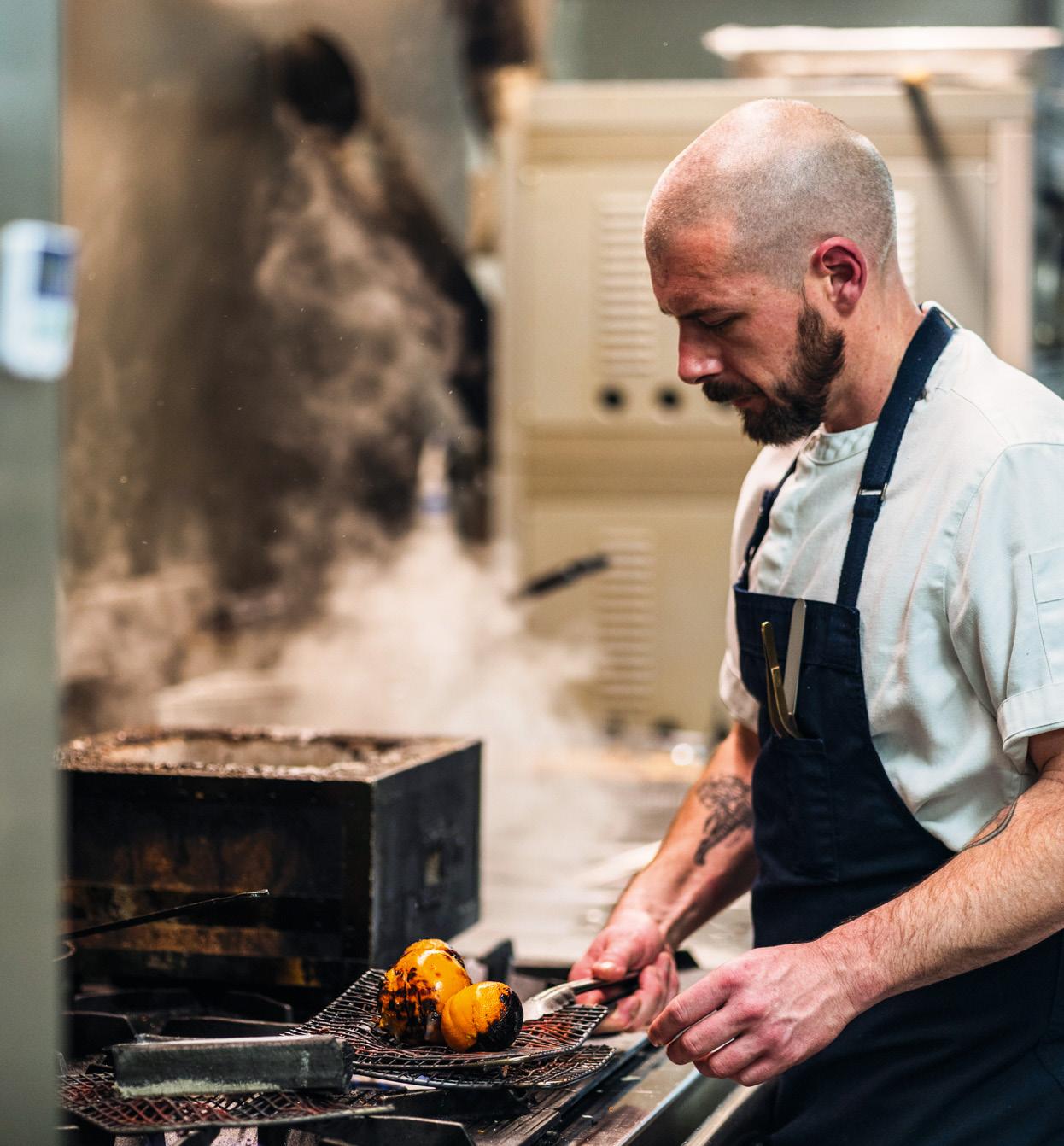
When it comes to drinks, Garcia believes there should be many. “Fino or Oloroso Sherry wine, lager, Txakoli, Macabeo, or Tempranillo,” she suggests. Cocktail-wise, Garcia says a Clara is a popular choice, which teams lager with a splash of soda. She also notes the tinto de verano as another option, but with an addition. “Red wine with lemonade is called a tinto de verano, and if you add a slice of orange and a Spanishstyle ‘free-pour splash’ of red vermut, it’s called a vargas.”
When it comes to dining, Garcia and Saez believe tapas ticks all the boxes “Tapas as you know is sitting at a round table with a bunch of friends sharing everything, having a casual conversation, and feeling relaxed in a warm space with genuine service,” says Saez.
Garcia thinks of tapas as a formal dining experience but is hoping things will change. “I see it mostly as a special occasion where people are booking tapas-style meals for celebrations or as a ‘different’ experience,” she says. “I would love to see people embrace tapas as a more casual dining concept where they finish work and stop by their local to have a couple of tapas before dinner or drinks.”
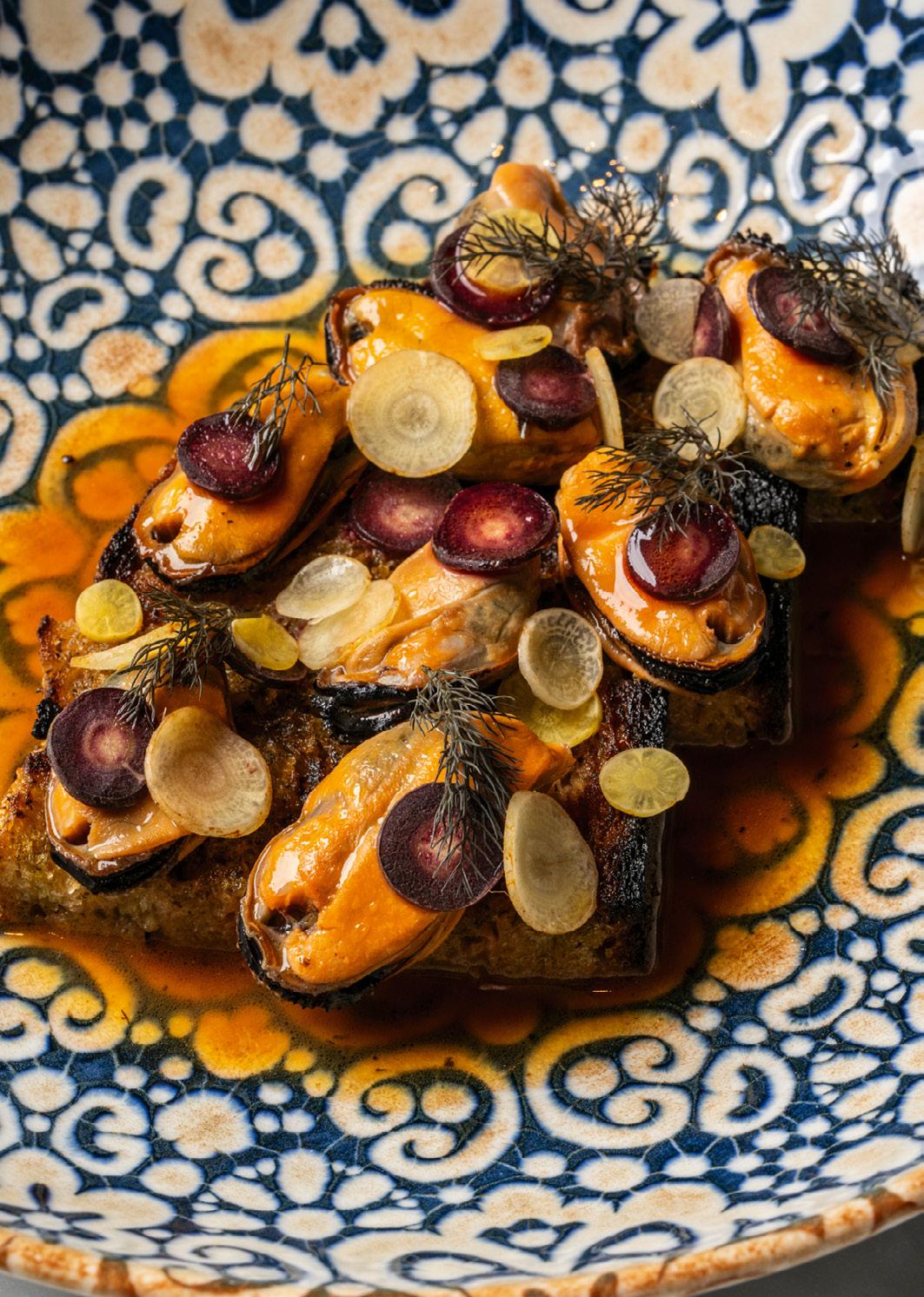
The shared experience that comes with tapas dining has now been adapted by almost every cuisine, and the format shows no signs of fading in popularity. “It’s fun food you can grab with your fingers and I think it’s more like a lifestyle, so I don’t think that’ll change anytime soon,” says Saez.
For Garcia, tapas is at the very beginning of its resurgence. “I honestly think it hasn’t reached its peak yet,” says the chef. “Tapas, raciones, and pintxos are a very fun way of eating, sharing, and socialising. Smaller sizes invite you to try more during the same meal and for chefs, it gives us the opportunity to showcase our identities and style of cuisines in a broader way.”
Beso’s menu is rooted in flavours from Andalusia
Iberica recently opened in Sydney’s Bondi Beach
Iberica’s wine list mainly features Spanish wines
Garcia believes tapas is a chance for chefs to show their personalities







